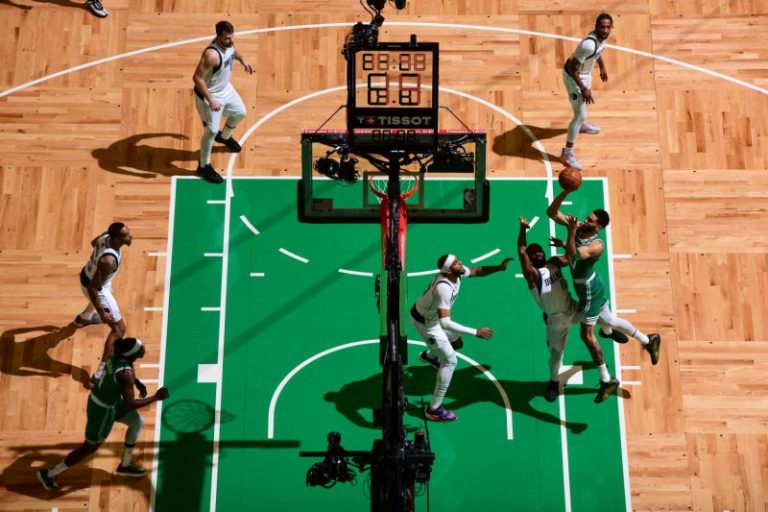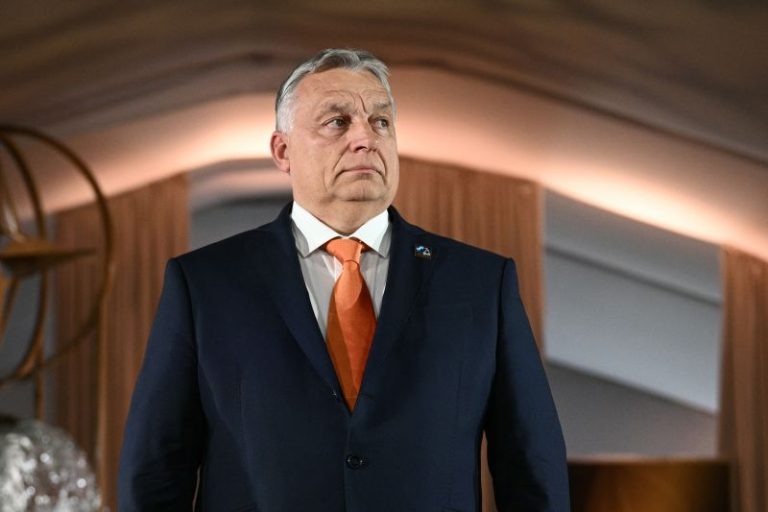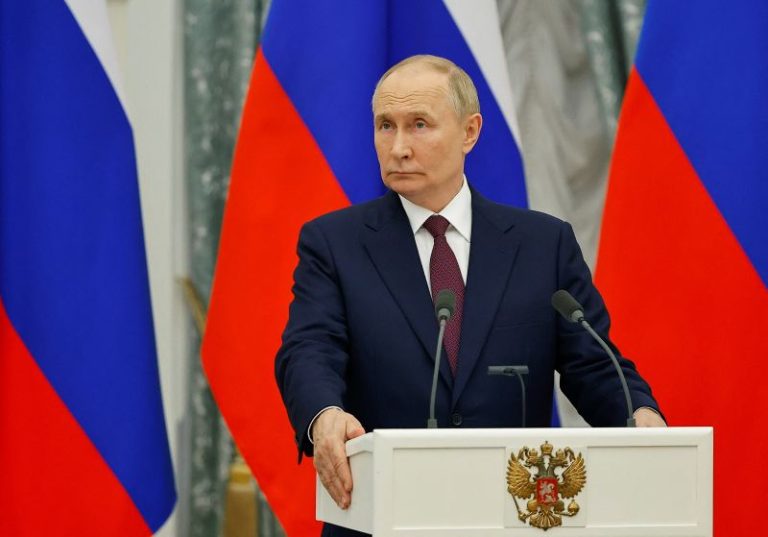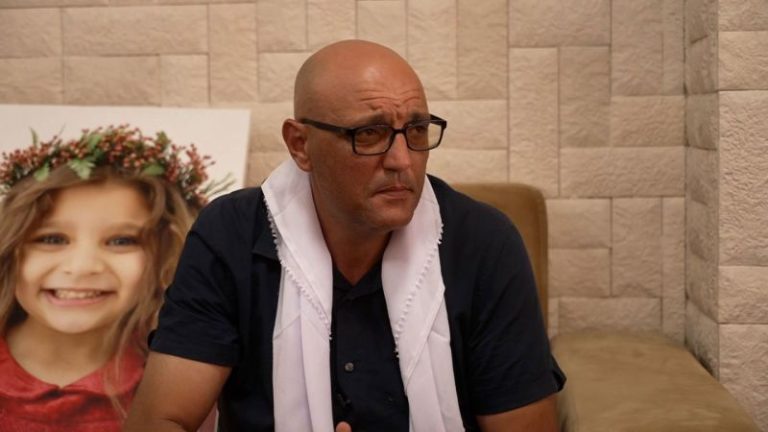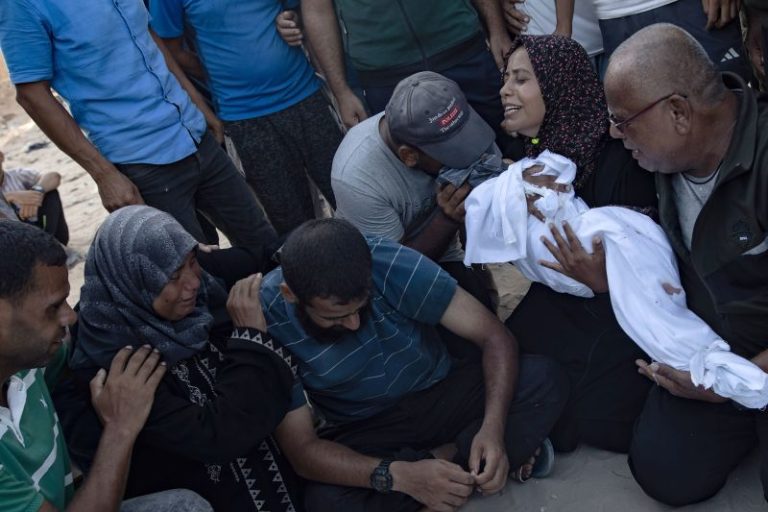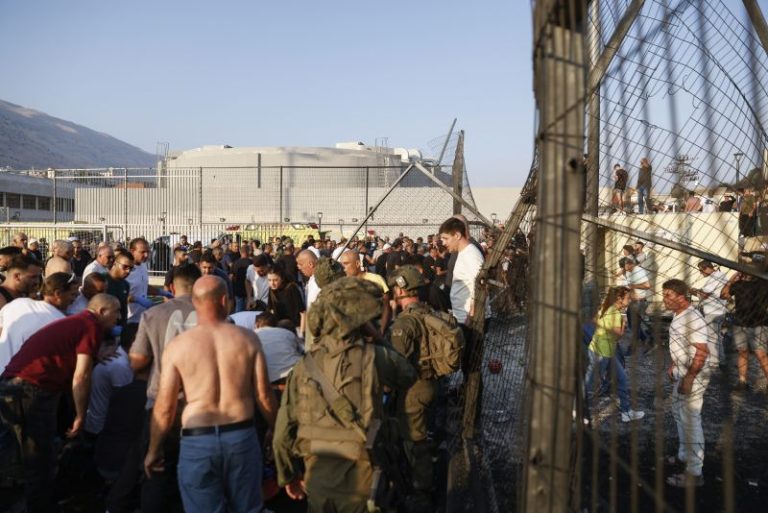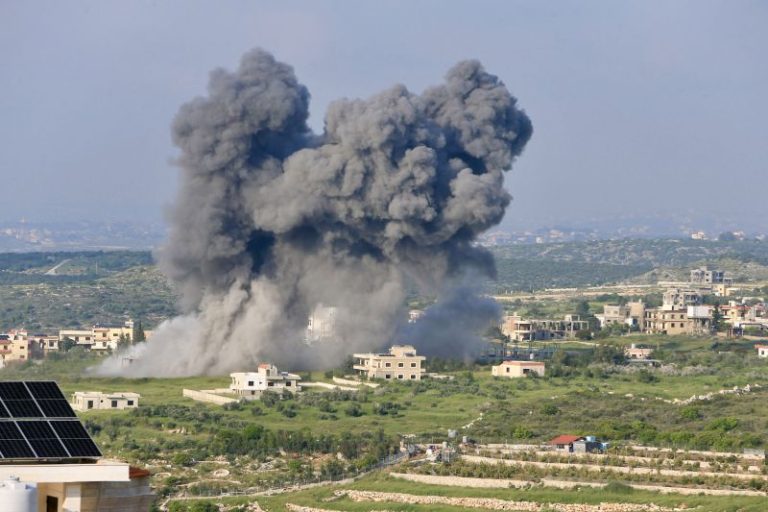NASHVILLE — Charlene Brown arrived at the first full day of Bitcoin 2024 at the Music City Center convention complex with two signs in hand: “Orange Man Good” and “Bitcoin Don.”
Similar symbols of a recent and sudden shift in the politics of bitcoin could be spotted elsewhere in the Nashville crowd. “Make Bitcoin Great Again” caps — not to mention knockoff “Make America Great Again” hats that eventually were seized by organizers for violating conference rules — dotted the convention hall as the year’s biggest bitcoin event got rolling.
Brown, who publishes Tokens Magazine, a pro-cryptocurrency publication, was perhaps the most visibly pro-Trump bitcoin advocate at the Nashville confab.
“I love that we now have a president who supports Bitcoin,” said Brown, referring to former President Donald Trump. “Now everyone is jumping on the bandwagon,” she said.
Interviews with others in attendance confirmed a clear, if less outwardly apparent, support of the former president.
Bitcoin Conference, a long-running event centered around the most popular cryptocurrency, has taken on national significance virtually overnight thanks to Trump’s recent embrace of bitcoin. Starting Friday and running through the weekend, the schedule is dotted with GOP power players.
Trump is slated to deliver an address on Saturday, just weeks after he officially made supporting cryptocurrencies an official plank of the GOP’s platform. He will be preceded by one current and three prospective Republican elected officials: South Carolina Sen. Tim Scott, Pennsylvania Senate candidate Bernie Moreno, Nevada Senate candidate Sam Brown and Massachusetts Senate candidate John Deaton.
Plenty of other high-profile Republicans are scheduled to speak, including former presidential candidate Vivek Ramaswamy and Sens. Marsha Blackburn, Bill Hagerty and Cynthia Lummis. Representative Ro Khanna of California was the only high-profile Democrat on the agenda.
The speaker list reflects the growing coterie of the crypto world and tech writ large that has taken a hard-right turn. Other prominent crypto investors now backing Trump include Cameron and Tyler Winklevoss, co-founders of Gemini crypto exchange; and Elon Musk, a longtime crypto fan who has also begun aggressively backing the GOP candidate.
The conference also welcomed Robert F. Kennedy Jr., who is making a third-party run for president. He pledged to build a reserve of 4 million bitcoins — worth about $272 billion as of Friday — if elected.
Some in the GOP have also floated building a U.S. bitcoin reserve, pitching it as akin to the government’s strategic reserves of oil and other precious commodities.
Silicon Valley was also instrumental in selecting JD Vance as Trump’s running mate; the Ohio Senator disclosed in 2021 that he owned $100,000-worth of bitcoin and has called crypto “one of the few sectors of our economy where conservatives and other free thinkers can operate without pressure from the social justice mob.”
The crypto crowd has historically been skeptical of politicians and institutions thanks in part to its origins among the cypherpunk community, which embraced the technology as a way to use the internet to embrace decentralization. But with the perception among many in the cryptocurrency community that the Biden administration has stifled the technology, convention attendees told NBC News that Trump would be a step in the right direction.
“With Trump, it’s not even that he’s necessarily pro-Bitcoin — it’s just that he’s going to be willing to allow it to even exist,” said Adam McBride, a crypto entrepreneur based in Costa Rica. McBride compared the current administration’s stance to being “held underwater, not allowing us to breathe.”
Trump, too, once kept the community at arms length, at one point saying he was “not a fan” of crypto.
But he signaled a sea change last month when he announced his support of the Bitcoin mining industry; pledged to commute the sentence of the founder of the Silk Road online underground marketplace; and wrote his support of crypto in the GOP’s 2024 platform.
“We will end Democrats’ unlawful and unAmerican Crypto crackdown and oppose the creation of a Central Bank Digital Currency,” the platform document states, referring to discussion of creating a centralized digital token, an idea that has sparked vigorous opposition by crypto supporters. “We will defend the right to mine Bitcoin, and ensure every American has the right to self-custody of their Digital Assets, and transact free from Government Surveillance and Control,” the document reads.
Crypto enthusiasts say Trump has said all the right things so far — but some conference attendees said they were still not ready to proclaim that crypto has gone fully MAGA.
Garett Curran, an associate at Qubic Labs, a Boston-based organization that supports blockchain and Web3 technology companies, said Trump’s appearance showed there was an opportunity to overturn the current regulatory posture of the U.S. government, which many in the crypto world see as overly restrictive.
But he also mentioned the prospect of more positive overtures toward the community from Democratic presidential candidate Kamala Harris, referring to recent remarks in Politico from Mark Cuban, who said people in the vice president’s orbit have signaled a greater openness to crypto.
“The bitcoin community actually has power,” Curran said.
And a handful of attendees said that despite Trump’s newfound embrace of crypto, they still could not in good conscience support him.
Sarai Mora, a multimedia artist known as “Creatress” and who gave a live art performance at a nearby bar Thursday night, said that Trump’s other views remained antithetical to her own as a woman of Mexican descent.
“I’m hoping the female candidate wins — it’s time to try something new,” she said. “I’m not saying anyone’s perfect, but I think it’s time to try something different.”


